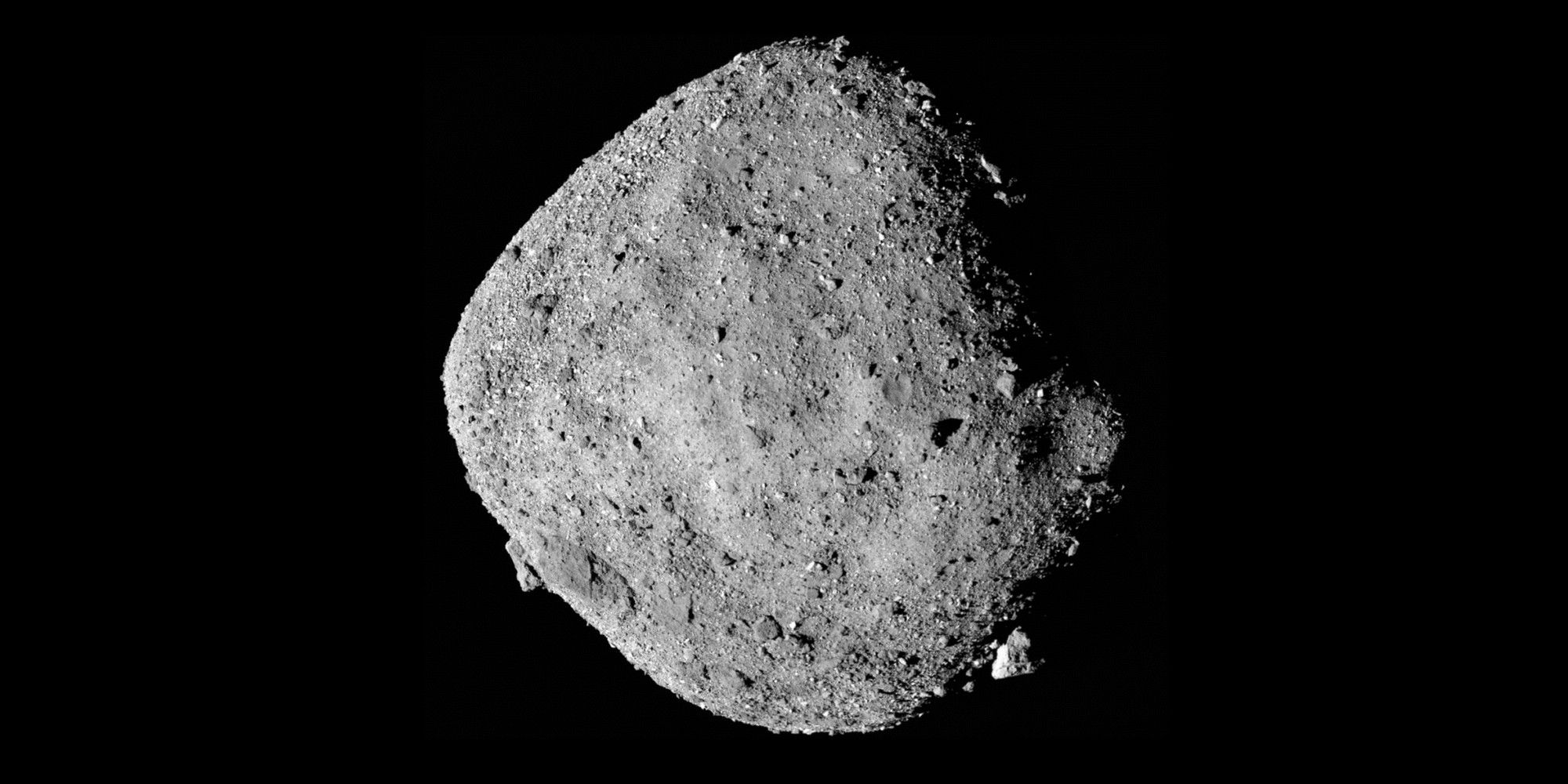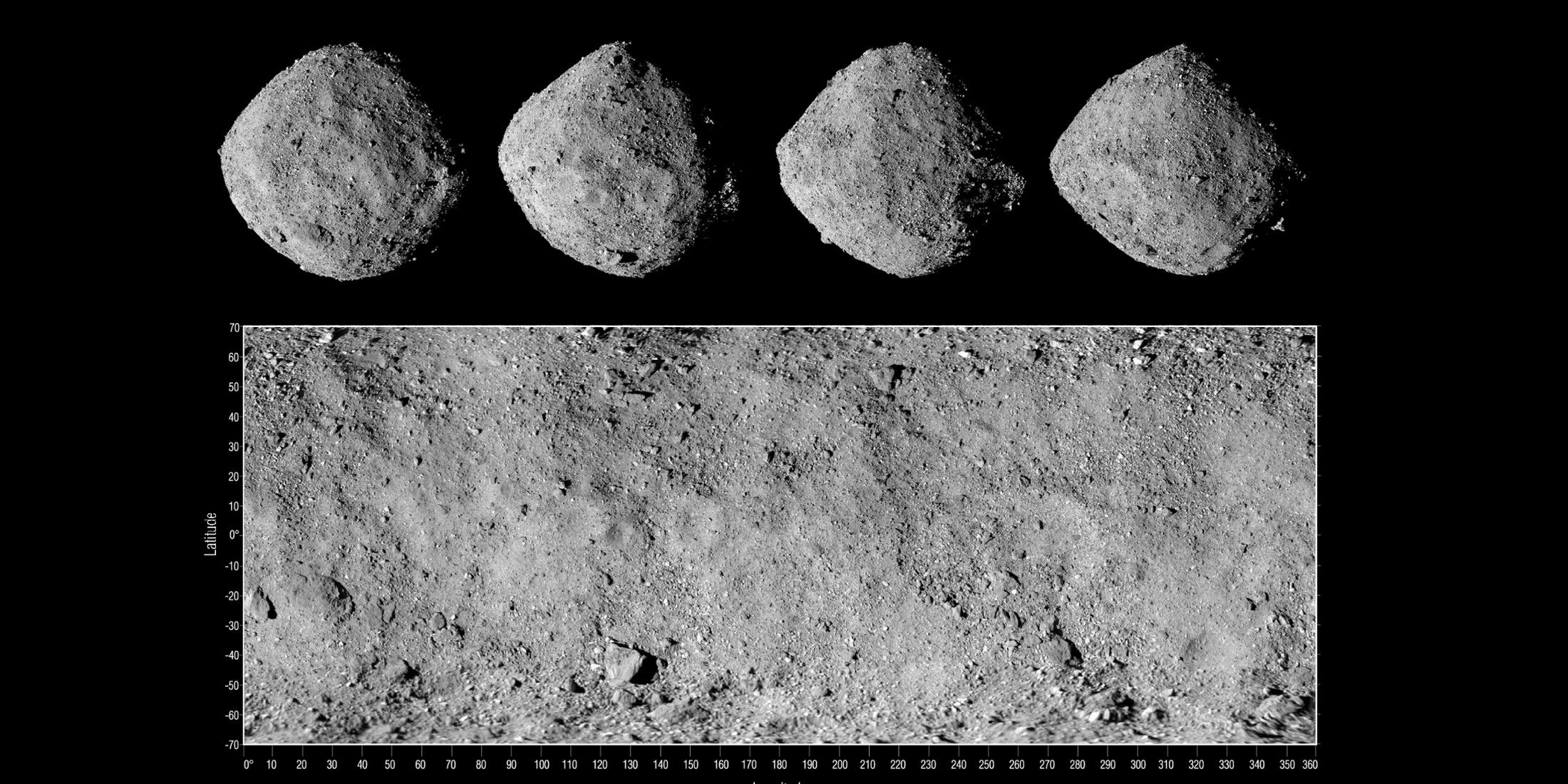
NASA has shed new light on an asteroid named Bennu that has a 0.037 percent probability of making an impact with Earth on September 24th in the year 2182. Science fiction is loaded to the brim with films depicting an apocalyptic scenario where an asteroid hits our planet and leads to a catastrophe that threatens to wipe out humanity, but no such asteroid impact event of devastating scale has happened in the recorded human history so far. Still, there’s always a risk that an asteroid's natural trajectory gets altered and it heads on a cataclysmic crash course with Earth.
So far, NASA has documented only two asteroids in our solar system that pose a serious threat — Bennu and 1950 DA. The latter has an impact probability of 1 in 300 on March 16th in the year 2880, but NASA research shows that the collision probability is anywhere between 0 and 0.33 percent based on available data. Even though the predicted impact date is over eight centuries away, studying it might help understand asteroid trajectory and be prepared, should another unpredictable threat arrive.
Similar is the situation with Bennu, but unlike 1950 DA, this one might have a close encounter with Earth a lot sooner. Specifically, September 24 of the year 2182, as per data collected using the Origins Spectral Interpretation Resource Identification Security-Regolith Explorer (OSIRIS-REx) spacecraft. Thankfully, the impact probability in Bennu’s case is much lower at 1 in 2,700, or approximately 0.037 percent. “The impact probability went up just a little bit, but it's not a significant change, so there is no particular reason for concern. We have time to keep tracking the asteroid and eventually come to a final answer,” NASA's Davide Farnocchia told NPR in an interview. Just like the Perseverance rovers on Mars, OSIRIS-REx followed Bennu for over two years to study its shape, composition, and density among other details.

There are a lot of cosmic factors that might alter an asteroid’s projected orbit, and one of them is Earth’s own gravitational pull when the celestial body comes close to our blue planet. Thanks to data collected by the OSIRIS-REx mission, NASA was able to assess whether Bennu has a chance of passing through a gravitational keyhole — a tiny region of space in which the planet’s gravitational pull can alter an asteroid’s trajectory and set it on a collision course. Even the Moon's pull can have a short-range effect in a close approach scenario. However, a few other factors might also set an asteroid off its charted course, with one of them being the Yarkovsky effect.
The Yarkovsky effect is what happens when the alternate cooling and heating of an asteroid’s surface due to the sun’s radiation causes it to release infrared energy, a process that creates a small amount of thrust. NASA says data from the OSIRIS-REx mission has provided the most precise details about an asteroid’s trajectory ever, and that the agency will keep a close watch on how even minuscule changes affect Bennu’s course. However, the space agency says that Bennu will not pose a danger to Earth during its close run and that the total impact probability through the year 2300 is merely about 1 in 1,750 or 0.057 percent. Interestingly, the OSIRIS-REx spacecraft has already collected rock samples from Bennu's surface and will be returning to Earth two years from now.
Next: What Do Giant Stars 'Sound' Like? NASA Just Published Recordings
Source: NASA, NPR
from ScreenRant - Feed https://ift.tt/3iEsE9j

No comments: